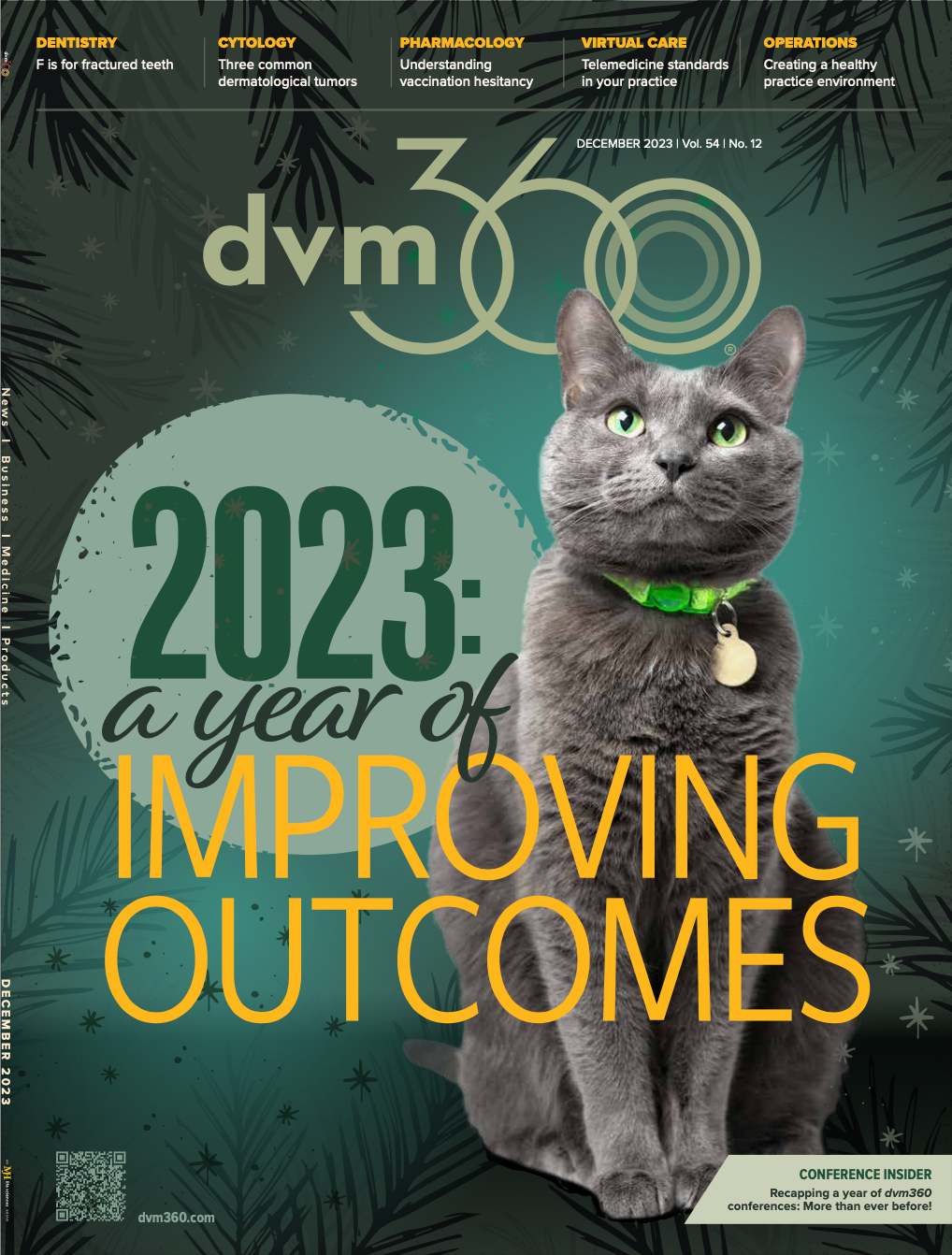Why you should establish telemedicine standards in your practice
Whether virtual VCPRs can be established in your state, ensure you’re prepared for the future of veterinary medicine
Since the COVID-19 pandemic, it’s become the norm for people in all sorts of industries, from finance to information technology to marketing to work from home, and healthcare has been no exception. While for other fields this may have been a smoother transition, when medicine is involved, it presents more challenges.
chendongshan / stock.adobe.com

Particularly, requirements for establishing a virtual veterinarian-client-patient-relationship (VCPR) have been an obstacle facing remote veterinary work and as the pandemic winded down, a hot topic of debate for what should be permitted. Currently, whether a VCPR must be established in person or can be established virtually varies from state to state.1
Most recently, California became the sixth US state to allow a VCPR to be established virtually, discarding the preexisting requirement for a veterinarian to examine a patient in person or make medically appropriate and timely visits to the premises where the animal(s) are kept to prescribe medications and treatment.2 In a lecture at the Fetch Coastal Conference in Atlantic City, New Jersey,3 Charlotte Lacroix, DVM, JD, referred to this recent legislative update in California, stating, “As you can imagine, [California] has more veterinarians than any other state, and if that state is a beta test and is able to establish [the virtual VCPR] with really no harm or significant harm done, it's very likely the other states will be persuaded.” Lacroix then further delved into why telemedicine is worth implementing in your practice.
The future is telemedicine
Whether you can establish a virtual VCPR in your state, you should start strategizing how to incorporate telemedicine in your clinic, according to Lacroix. “Every practice in the nation should start implementing how they can practice telemedicine on rechecks, on patients, and figure out how you're going to operationally implement this in your practice, how you're going to monetize it, [and] how you can safely save confidential information.” She added that the transition to include telemedicine may be as substantial of an undertaking as the transition from using written to electronic medical records. However, “if you adopt it now, in your practices for current patients, it's a matter of when, in my opinion, a virtual VCPR will be allowed, it'll be a lot easier to implement,” Lacroix stressed.
New minimum standards will fall into place
Lacroix shared that a primary concern with establishing virtual VCPRs is whether there is sufficient information for veterinarians to diagnose pets and develop a treatment plan. “The physical exam is part of establishing that sufficient information and might also include chemistries and other bloodwork, ultrasounds, X-rays, all sorts of other diagnostic tools that are available for us to determine we have enough information to then go ahead and make a preliminary diagnosis, have a differential diagnosis list, and some type of treatment plan.”
Lacroix argues, though, that through virtual VCPRs, the minimum standard of care has the potential to be met and will follow suit like how veterinary medicine has adapted to other advances that have been made. “Before there was X-ray technology, we didn't have to worry about the computer. Somebody established those minimum standards, right? So, with the utilization of a diagnostic tool, we established minimum standards, and there's no reason the virtual VCPR won't have certain guardrails and minimum standards established as you use it in the profession.”
Advantages of telemedicine
Lacroix added that telemedicine can increase access to veterinary care for various kinds of pet owners. Maybe they have financial or geographical limitations that prevent them from coming in person, or they have a cat or dog who will not get in the carrier, or they don’t know what to expect from the veterinary clinic. Ultimately, if the client feels comfortable during the telemedicine visit, it will likely encourage them to visit the animal hospital in the future, said Lacroix.
“[A telemedicine visit] allows communication with pet owners to either persuade them to come into the practice or give them something to do that you think will be helpful. Then if the pet doesn't respond, persuade them to come into the veterinary practice,” explained Lacroix. “But it's like dipping their toe into the water rather than [making them] feel forced to have to come to the veterinary hospital and take time off work, which some people can't do.”
References
- VCPR by State. Otto. Accessed October 24, 2023. https://otto.vet/vcpr
- Legislative update. California Veterinary Medical Association. October 2023. Accessed October 24, 2023. https://cvma.net/wp-content/uploads/2023/10/Legislative-Update-for-Website-October.pdf
- Lacroix CA. Telemedicine: From your exam room to their living room. Presented at: Fetch dvm360® conference; Atlantic City, NJ. October 9-11, 2023.
